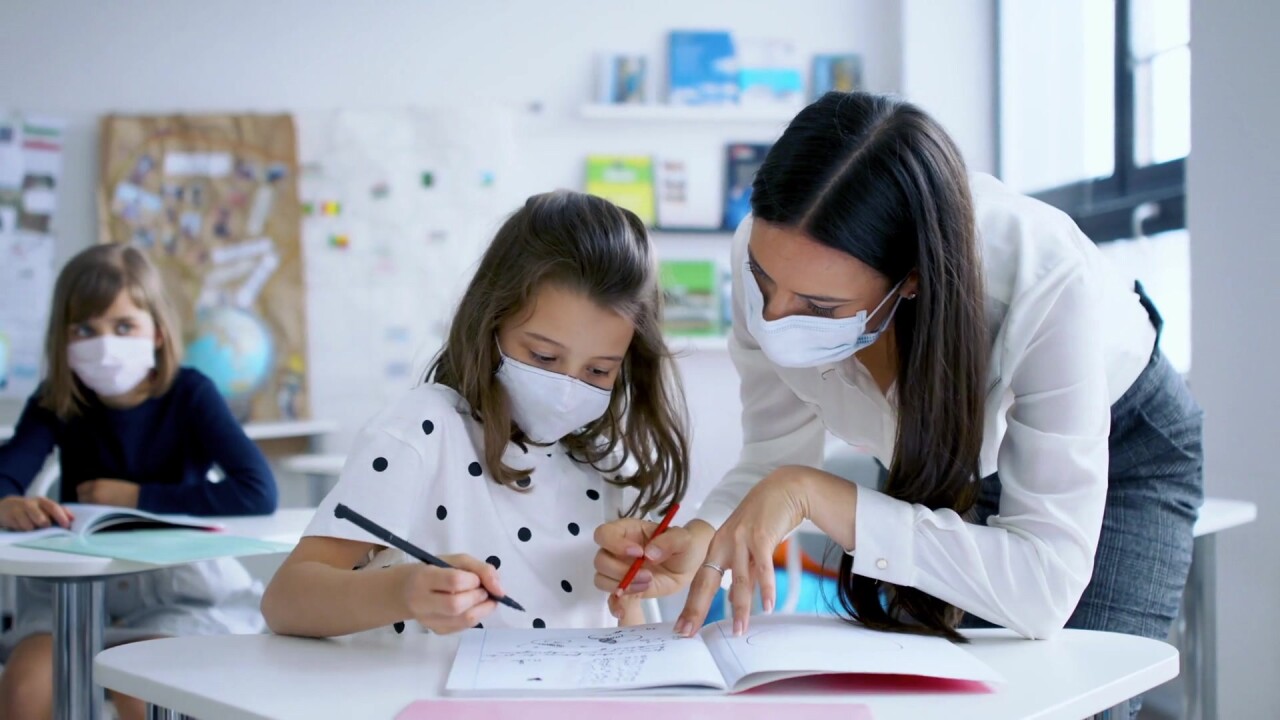Misinformation has been an issue since the beginning of the pandemic, so Ellen Wald, chair of the Pediatrics Department at the University of Wisconsin School of Medicine and Public Health, spoke with NBC 26 Monday morning to correct some of the most common myths around children and COVID-19 to ensure parents, teachers and school administrators can make informed decisions for school safety.
Myth No. 1: Masks don’t work.
"I think it's really important to clarify that masks absolutely work, in fact, they're one of the most effective of the mitigation strategies that we've been using since the pandemic began," Wald said. "And so, I think when we have concerns about transmission, that's really the easy thing to do. It's available to everybody, it's inexpensive and it works.
"These are really powerful recommendations and I'm so pleased that everybody's recommendations are lining up, you know they're entirely congruent which really makes it easy. So there's no controversy here, at least from the recommenders' perspective. But I think really important to be able to convince parents that this is an important and proper thing to do."
Myth No. 2: Children don’t get seriously sick from COVID-19. It is not worse than the flu.
"In general we know for sure children are sick less often than adults and they're in general, likely to have milder illness than adults, and we've been grateful," Wald said. "However, there certainly are exceptions and there are children who died, there are at least 340 children who died from COVID during the past year."
Myth No. 3: Vaccines for teens were rushed and are not safe.
"There's been a lot of evaluation of the safety, and the safety far, far, far outweighs the risks in terms of the number of cases prevented and illness and occasional fatalities that are associated with severe COVID-19," Wald said.
Myth No. 4: Masks can be dangerous to children (e.g., masks restrict airflow, cause CO2 poisoning)
"For hundreds of years people have been wearing masks in the operating room to protect against the transmission of infection," Wald said. "We've worn masks in many other situations of dealing with highly infectious things. So gasses like oxygen and carbon dioxide are freely diffusible through those masks, they are microscopic in size, and they diffuse easily through the masks and that's just not a problem."


